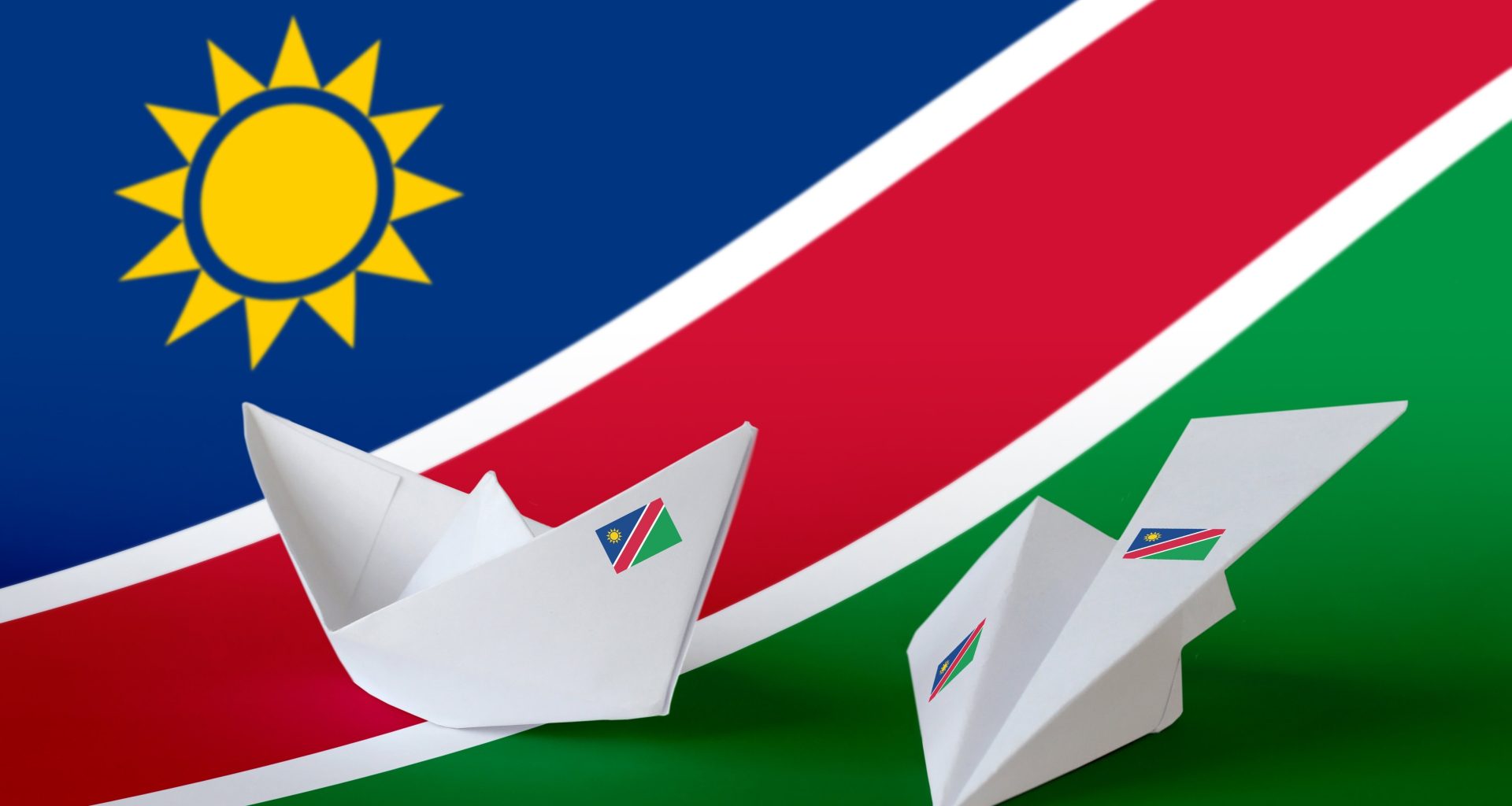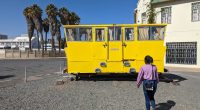Namibia is unique and very different from the rest of southern Africa and very different from anywhere else I’ve been. Namibia is renowned for its surreal landscapes, starry nights, magnificent coastline, enormous sand dunes, immense deserts, amazing animals, and excellent adventure options.
Advertisement
Namibia is also known as Africa for beginners.
Language
Namibia has 13 official languages but English is widely spoken within the country.
Currency
The currency in Namibia is the Namibian Dollar. It is 1:1 with the South African rand. You can use the rand in Namibia without exchanging it for the Namibian dollar.
Safety
Namibia is one of the safest countries in Africa. The capital city of Namibia, Windhoek can be dangerous but the rest of Namibia is pretty safe.
You shouldn’t walk at night unless you are going a short distance through a well-lit area and in a group. Be careful of wild animals when driving at night.
When to visit Namibia
The best time to visit Namibia is between May and September.
Advertisement
Where to visit in Namibia
Places to visit while in Namibia are Etosha National Park, Skeleton Coast, Sossusvlei, Fish River Canyon, and the Namib Desert.
You should book well in advance for campsites in the National Parks.
Visa
Visa-free entry is available for many nationalities in Namibia. Some nationalities will be required to pay a fee for a visa on arrival. The maximum stay for tourists is 3 months within a calendar year.
Water
It’s generally safe to drink tap water mainly in the cities.
Internet & Mobile
The two main networks in Namibia are MTC and TN Mobile. Internet connection within the country is fairly good.
Main Airports
Namibia has two main airports which are Hosea Kutako International Airport (WHK) and Walvis Bay Airport (Walvis Bay).
Malaria
There is low to no risk of malaria other than in the Northern part of Namibia.
Plugs
Namibia uses Type M, Southern African 3pin style plugs.
Essentials
Camera cleaning equipment, jackets, desert scarf, and lip balm


